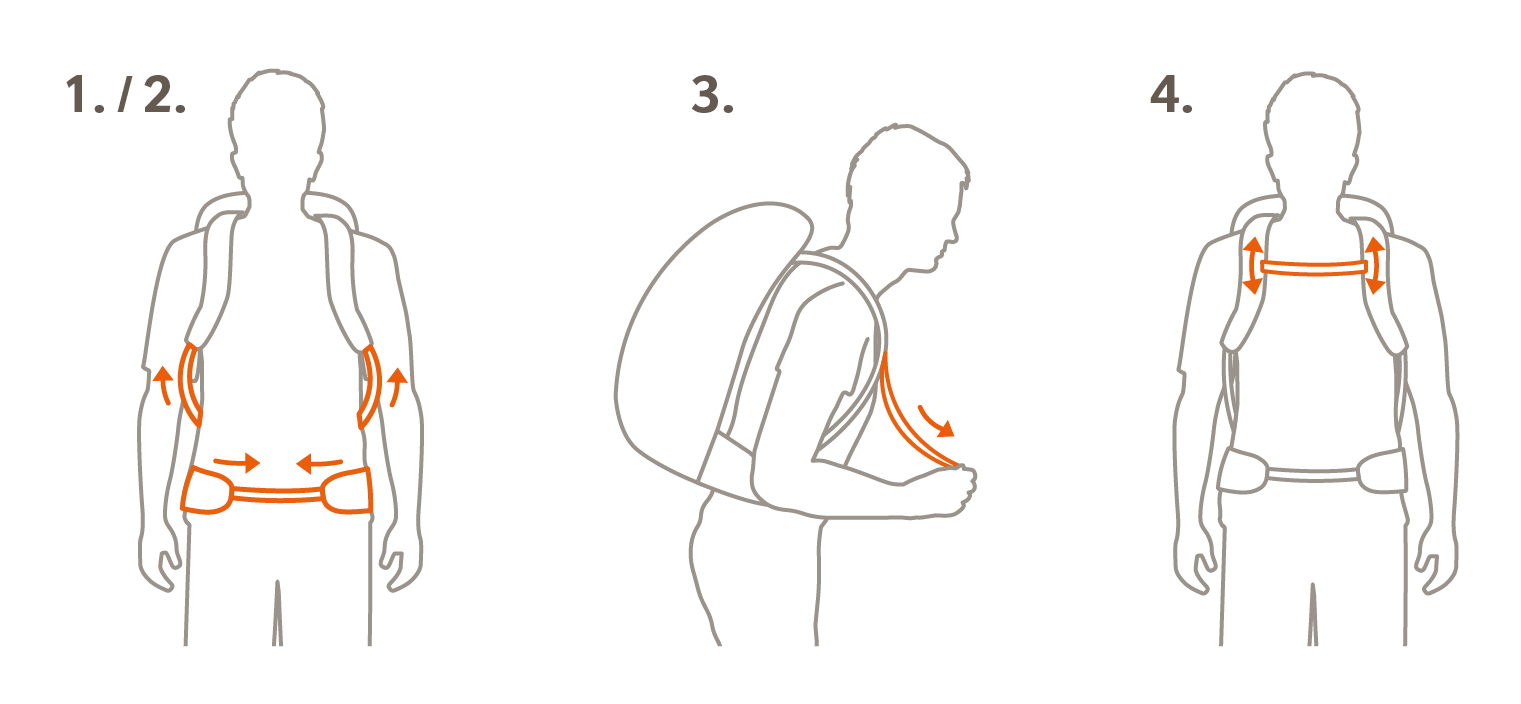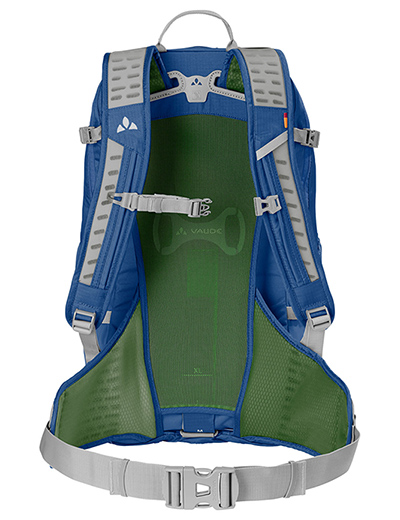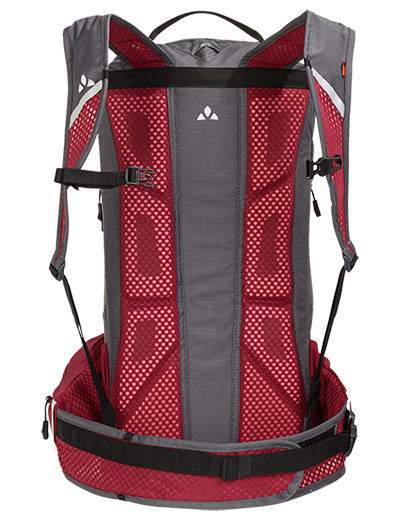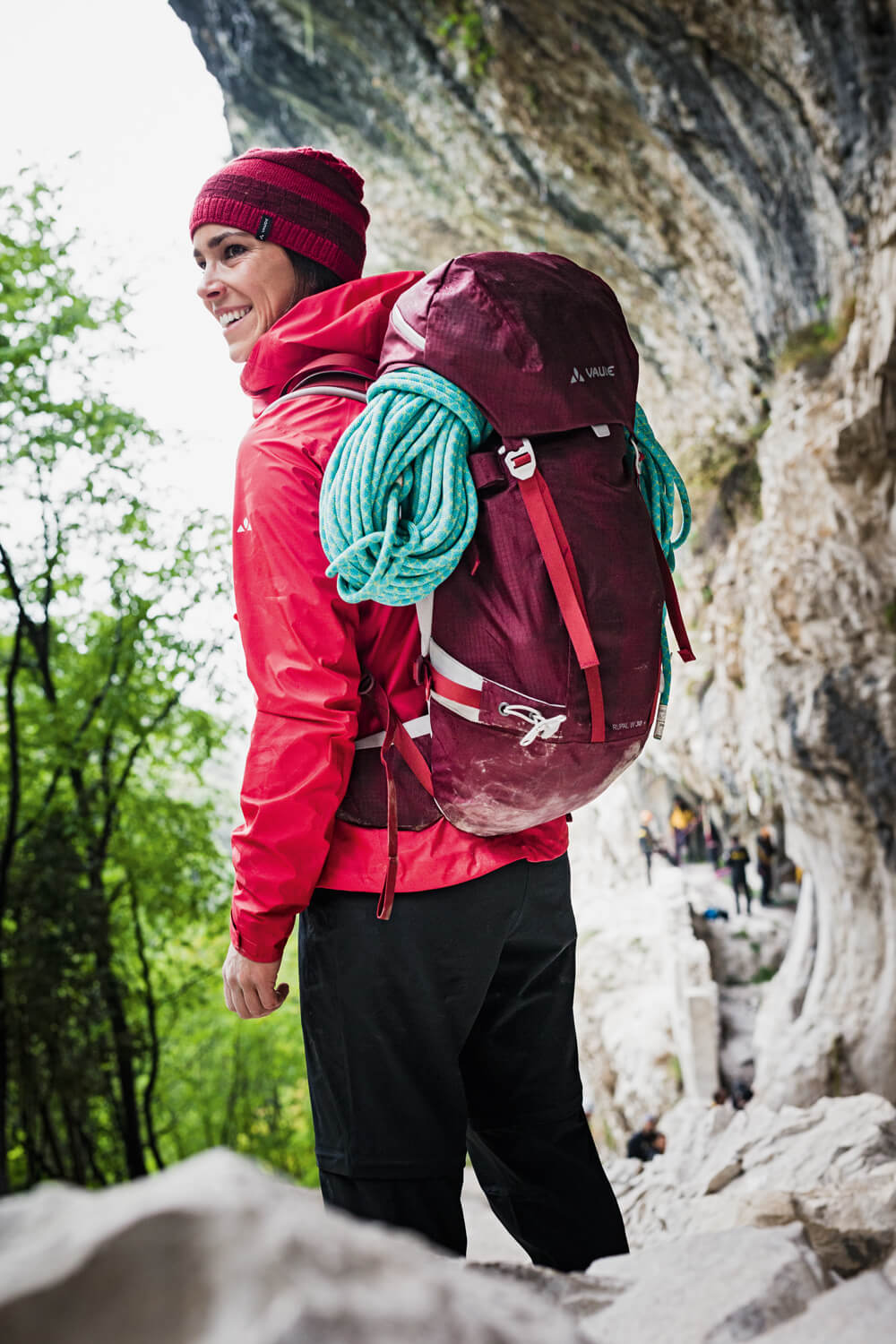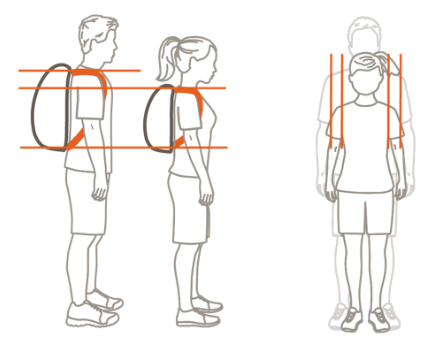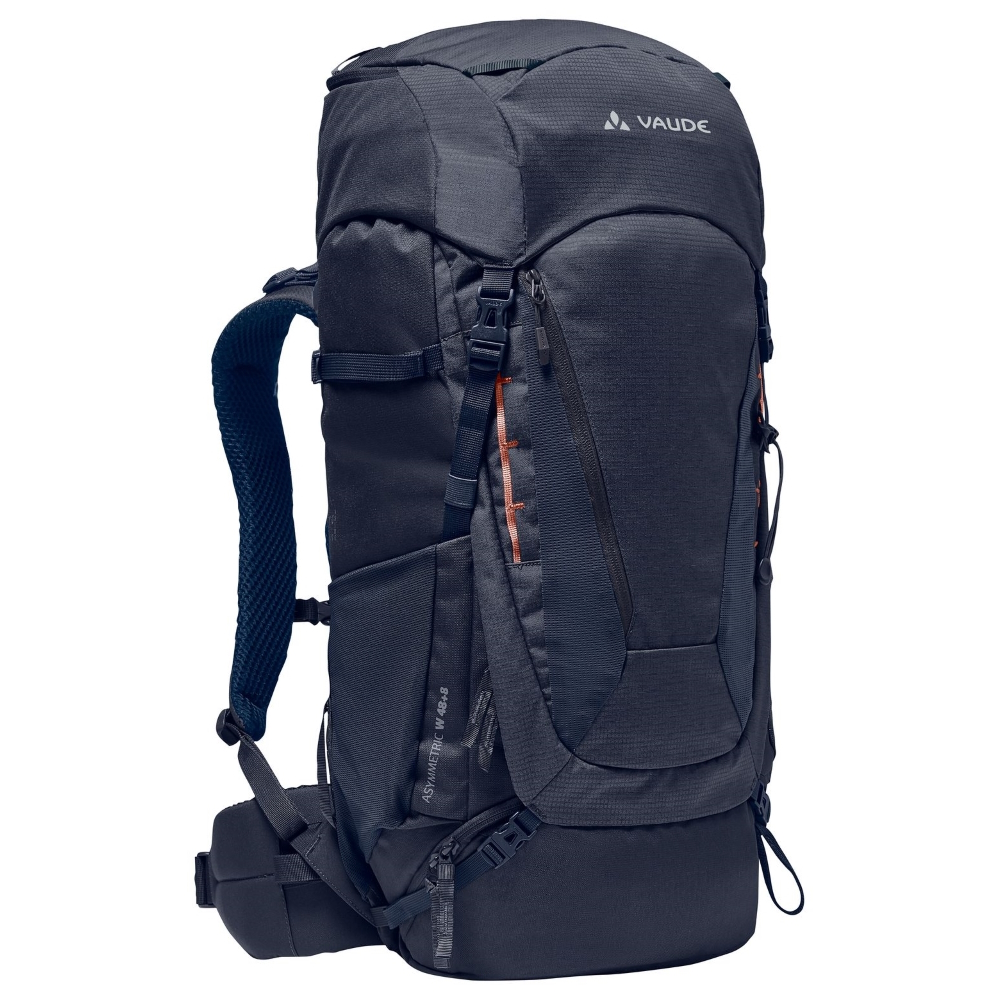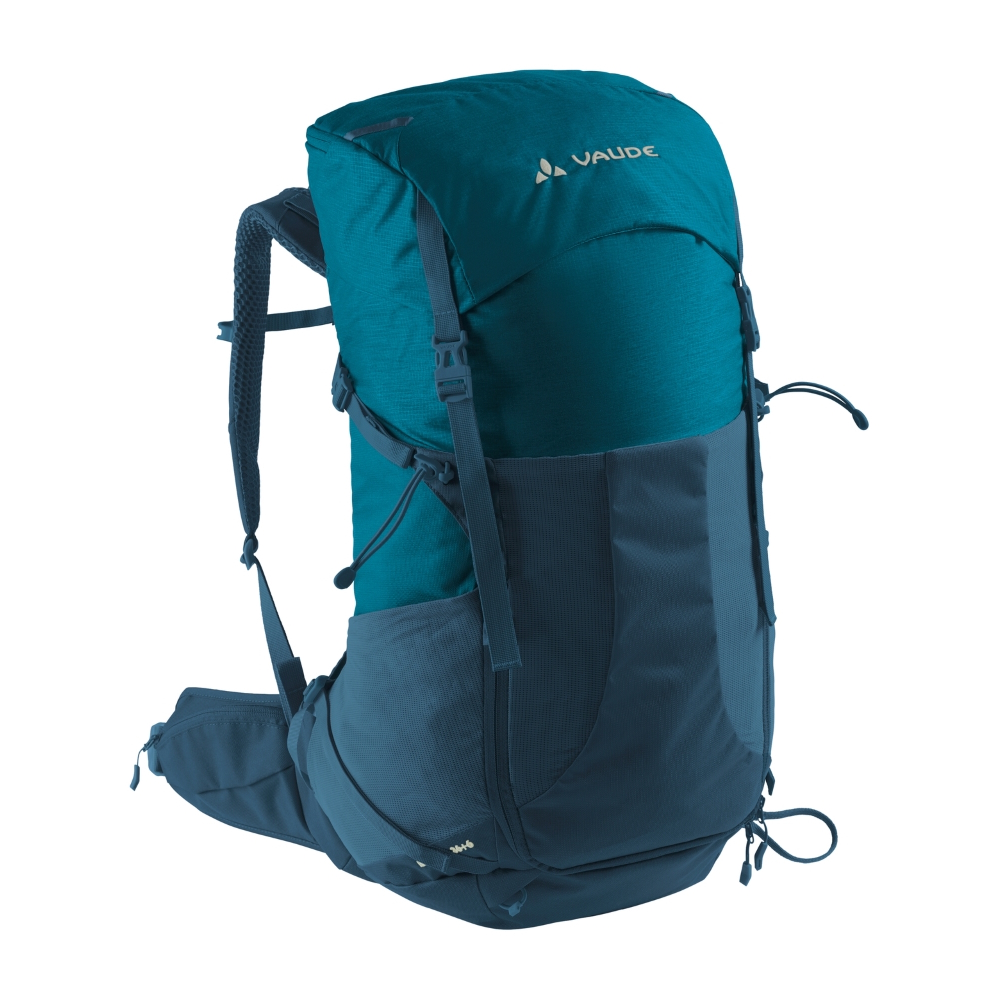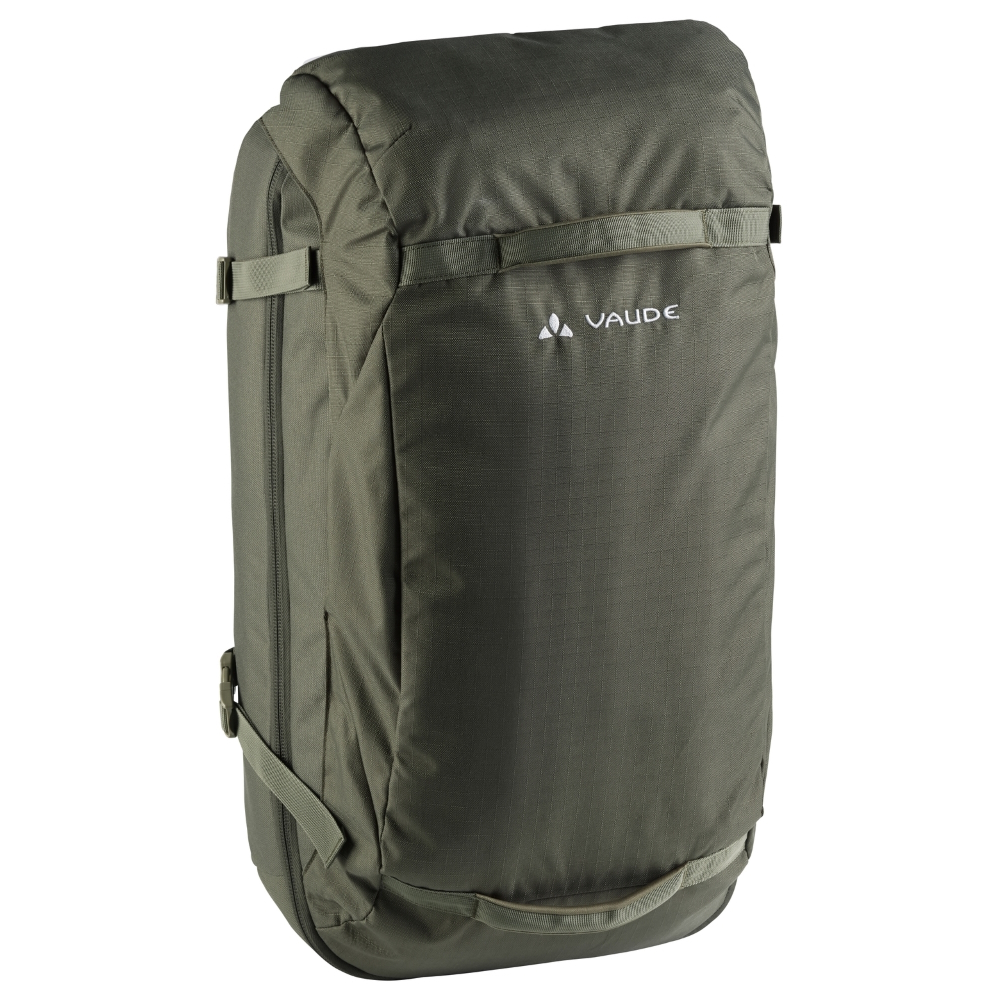Fit
VAUDE offers backpack models in every volume range and for every activity – from climbing to hiking to backpacking. Thanks to different adjustment options, you can always adapt the backpack to your individual needs and ensure that it’s stable and balanced on your back, even during high-motion activities.
Torso length
Some people are short and small, others are big and burly. Every person has an individual torso length and shape, which is why a backpack must be able to be adapted to these anatomical conditions. We offer trekking backpacks (models Astrum EVO and Skarvan) in three different torso lengths for your individual needs, so that you can find your own custom-fitting backpack. Based on the standard values on our user-friendly VAUDE size chart, you can easily find out which back length is right for you. Of course, these recommendations aren’t a replacement for trying on a pack in person at a trusted VAUDE specialty shop. You can also easily determine the length of your torso yourself.
The distance between two points is used to measure torso length (upper point = 7th vertebrae / upper edge of the shoulder blade, lower point = upper edge of pelvic bone). Generally, backs are divided into short (40-49 cm), medium (50-57 cm) and long (58-69 cm).



